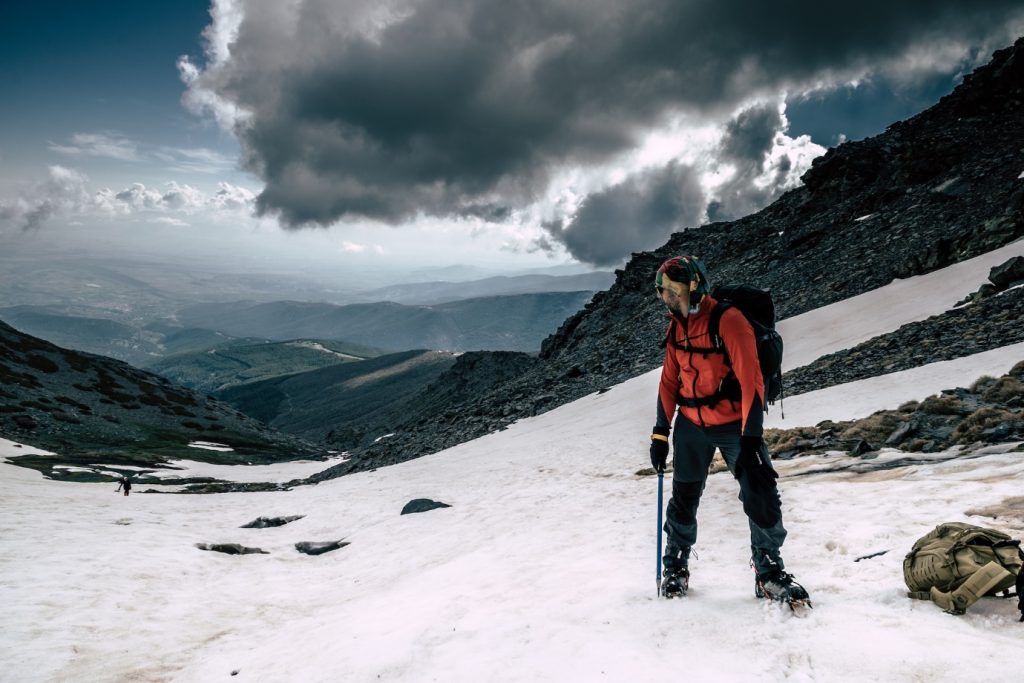
Winter does not mean you must stay indoors close to your heating systems. And wait for the winter and snowy season to finish for outdoor activities. Winter has its charm. In some countries, winter is harsh and long, so staying home during the long winter season is tedious.
There are many activities, like hiking, camping, snowboarding, and ice skates, that you can do during the snow and colder months. We will discuss all these activities in detail and tell you what is required for each activity.
People complain about the cold, the snow, and the inconvenience of it all. But let’s pause for a moment and appreciate the magic of winter. So, instead of hiding indoors, let’s embrace the winter wonderland and discover its joy.
Skiing and Snowboarding
Skiing and snowboarding are the perfect outdoor activities during winter and snow. How do you choose the right Skiing place? Consider factors like location, terrain, and amenities.
You need to take a few critical gear with you for skiing. Skis or snowboards, bindings, boots, helmets, and goggles are all essential. If you’re a beginner, renting equipment might be cost-effective until you’re ready to invest in your gear.
If you’re new to skiing or snowboarding, Take lessons from a qualified instructor. Start on the beginner slopes. It looks tough at the start but keeps doing practice, and you will get better. You should not do challenging skiing at the beginning until you get the required skill and experience.
Snow hiking
Another activity that you can do in winter is snow hiking. This is very popular among professional hikers who don’t sit at home during the winter.
You don’t even don’t need to go to the gym to do a workout; hiking is excellent as it provides challenging training. It also allows participants to explore ice-covered landscapes. Snow hiking requires proper gear, such as sturdy boots with good traction, quality hiking gloves, snowshoes or crampons, and warm clothing.
We advise layered clothing to ensure safety and comfort. Additionally, snow hiking can be an excellent opportunity for individuals seeking solitude, as fewer people go hiking in the snow.
Ice Skating
Ice skating is a classic winter activity that offers grace, beauty, and fun. Many cities set up outdoor ice-skating rinks during winter.
You’ll be floating on ice like a pro with some practice and proper technique. Start by finding your balance, bending your knees, and taking small steps. You can try more advanced moves like gliding and turning as you gain confidence.
Ice skating is lots of fun, but it’s also essential to prioritize safety. Always wear proper ice skates that fit well and provide ankle support.
Choose rinks with well-maintained ice and avoid skating on frozen bodies of water unless they have been declared safe by local authorities. And remember, falls happen, so protect your head with a helmet.
Winter Camping
Like snow hiking, Winter camping is an exceptional activity during the colder months. Professional campers usually do this. Although it requires additional preparation and specialized equipment, the rewards are undoubtedly worthwhile.
However, winter camping demands comprehensive knowledge of winter survival skills, such as building shelters to withstand extreme temperatures. You also should have expertise in navigating challenging terrain with icy conditions.
It is crucial to have adequate insulation, layers of clothing, and high-quality gear. Additionally, we advise you to take a stove, tent heater, and sturdy tent stakes.
Safety Tips for Winter Camping
Winter camping comes with unique safety considerations.
- Be aware of weather conditions.
- Stay away from avalanches or thin ice.
- Never camp alone
- Inform someone about your plans and expected return date.
- Stay hydrated
- Eat enough to maintain your energy levels.
- Keep an eye on weather forecasts.
- Be prepared to change or cancel your camping plans if conditions deteriorate.
Winter Safety Tips
While winter hiking can be a breath-taking experience, it’s crucial to prioritize safety. Dress in layers, wear proper waterproof boots, and remember essentials like a map, compass, and headlamp.
Be aware of the early sunset and plan your hike accordingly, allowing enough time to return before dark. And remember, winter weather can be unpredictable, so be prepared for changing conditions and adjust your plans if necessary.
Now that you’re armed with the knowledge and enthusiasm to embrace winter, go out there and enjoy all the incredible outdoor activities this season has to offer.
Whether you’re shredding the slopes, gracefully gliding on ice, or exploring the snowy trails, winter awaits you with open arms.

